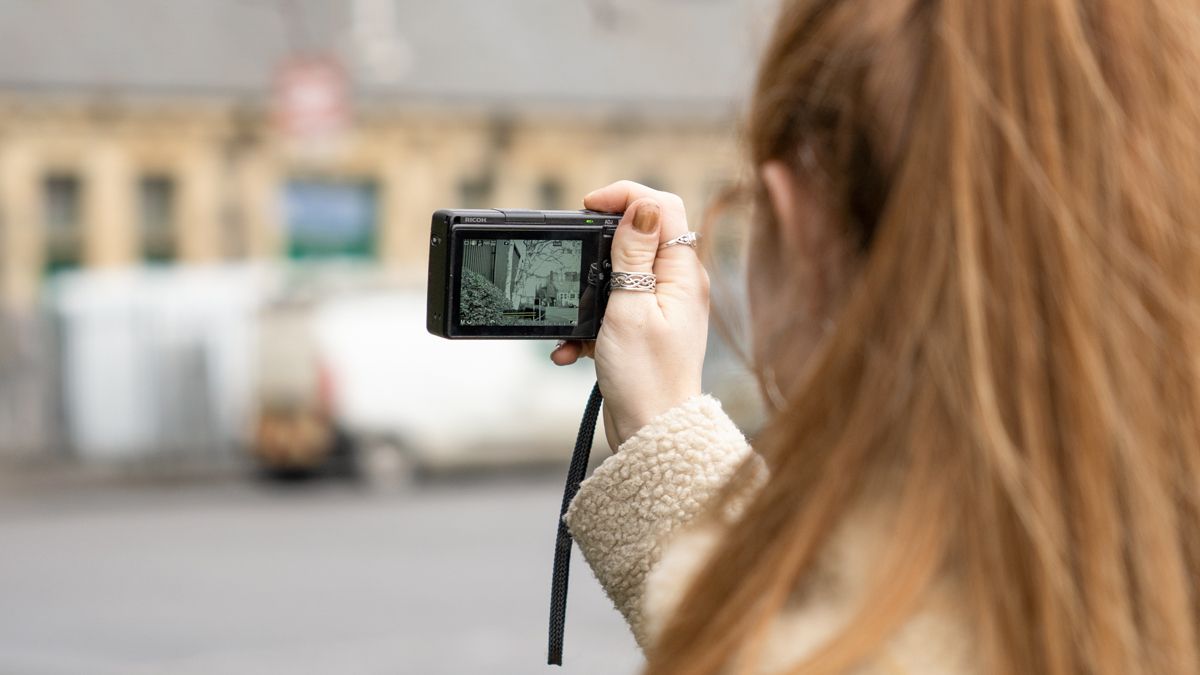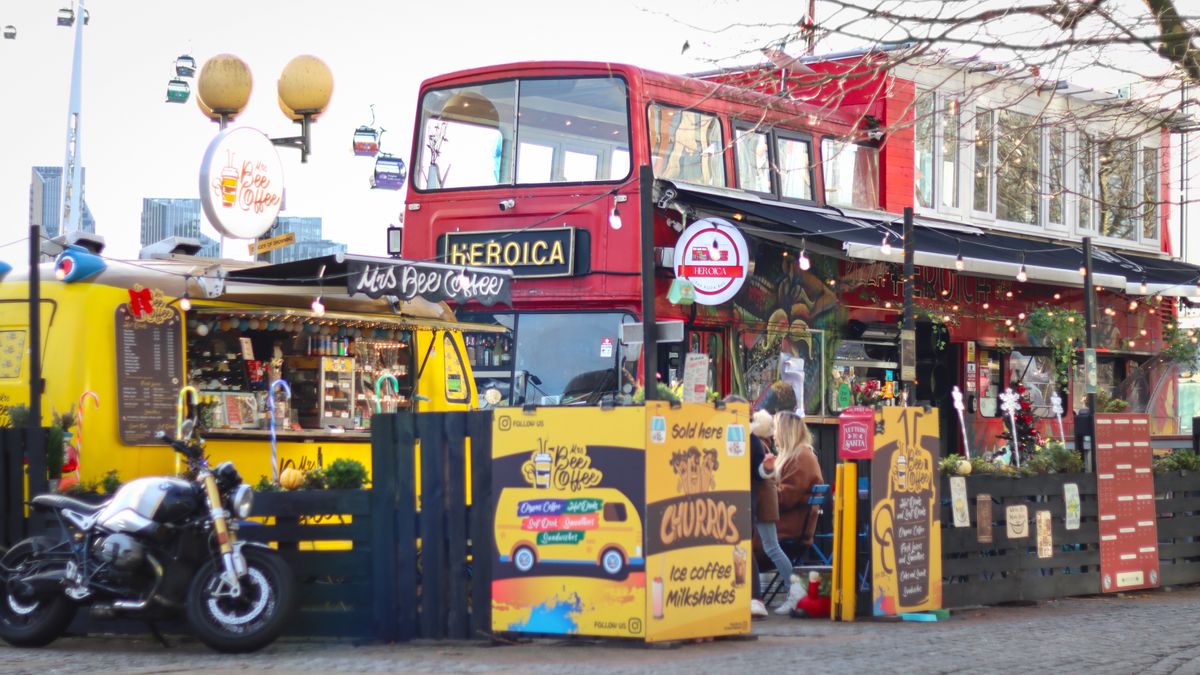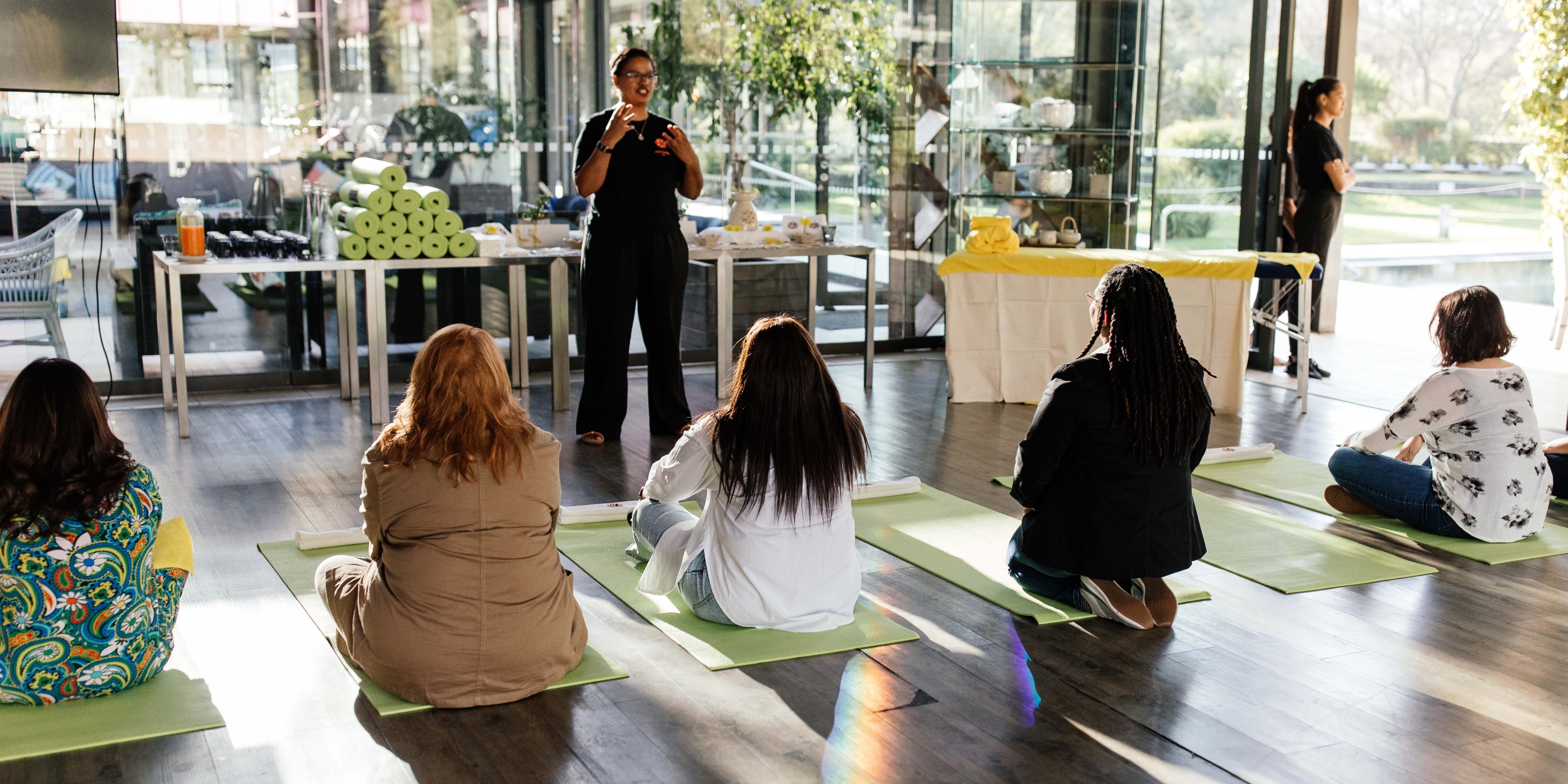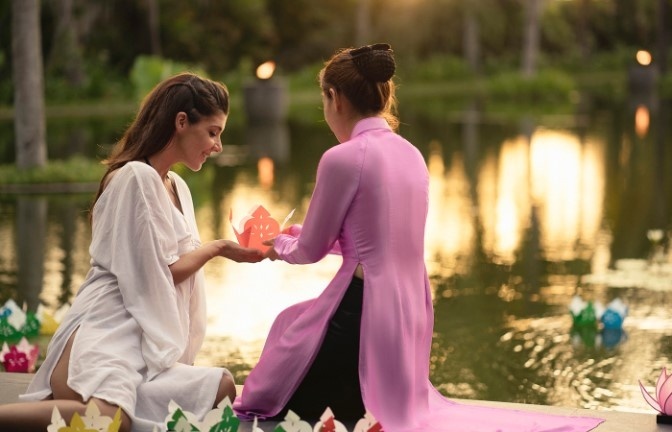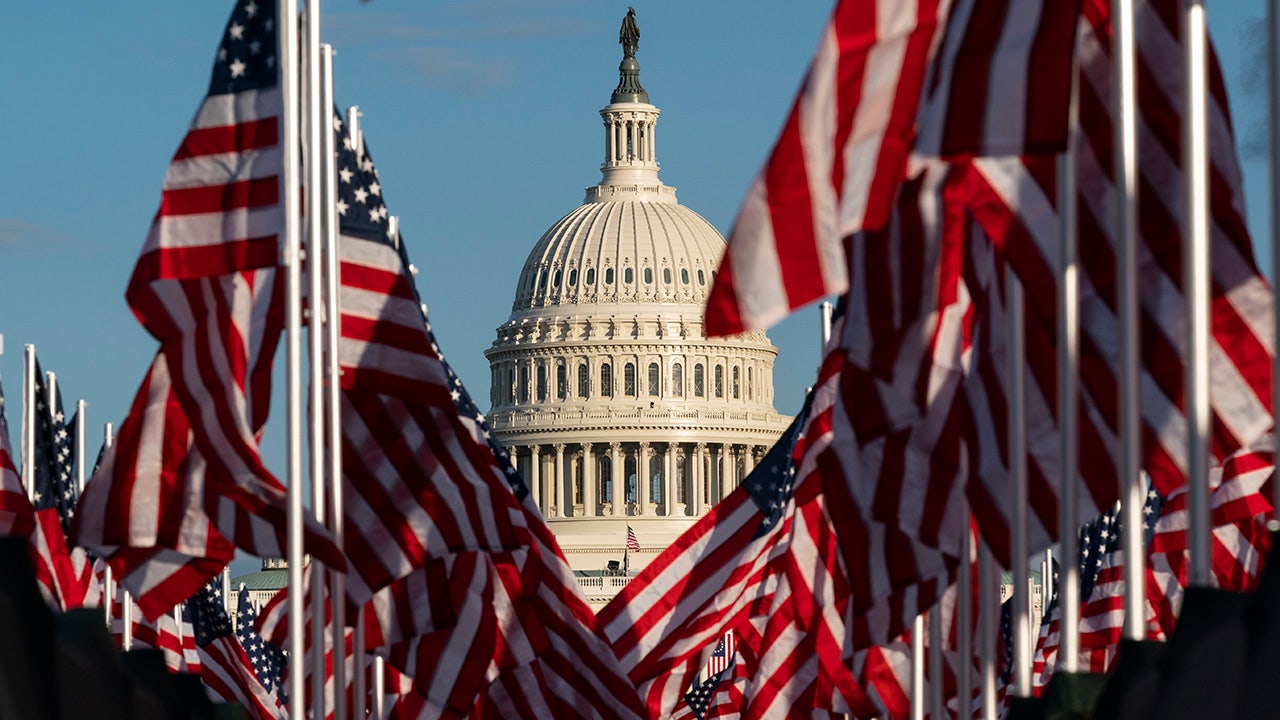How to capture your travels with a drone

It goes without saying that most travellers love taking photos and videos of the destinations they visit. Over the years, technology has made capturing the beauty of these locations more effortless and now modern drone technology is offering travellers the opportunity to appreciate these places from a completely different perspective — from above.
UK-based photographer and drone specialist Rebecca Douglas is passionate about telling the aerial-visual story of her visits to various destinations. Throughout her photography career, using drones has allowed her to capture an array of remarkable shots. Once expensive, heavy pieces of equipment that required a licence to fly, drones are now more compact, portable and affordable. Here, Rebecca shares some inspiration and her advice for first-time drone users on how to make the most of capturing the world from another angle.
How has drone technology changed?
I started working with drones in 2016 and got my licence as a drone pilot. The large drones that you need a licence to fly are a significant piece of kit, often weighing in at more than three pounds. The drone I use now, which I don’t need a licence for, fits in the palm of my hand and is much easier to be mobile with. It’s quite mind blowing how much the drone technology has evolved in such a short space of time — they’re getting smaller and smaller, but what you get from them is more and more impressive. The video and picture quality is better, you get better flying time from them, and they’re easy to pop into a bag — even when you’re out hiking or exploring, they’re just a really versatile piece of kit to use.
Do you have any favourite locations to shoot with a drone?
I love shooting by the sea. I’m very lucky to live on the coast and it’s so easy to take my drone out because it’s so lightweight. My husband is Scottish, so I shoot a lot in Scotland. I love Iceland, too — I’ve been in all seasons, but winter is my favourite time to visit. When you get above anywhere with water, you really understand how water shapes the landscape. You can see nature repeating patterns within itself, like how river estuaries can look like veins through a leaf. It’s so cool when you get to see that from a different perspective.
What are the main challenges you face as a drone photographer?
With particularly small drones, wind speed can sometimes be an issue. Weather can be another — it’s vital to check the weather conditions online before you fly. Most drones have manufacturing limits on temperatures, so make sure you’re not flying if it’s too hot (over 40C) or too cold (less than 0C), as you might run into issues.
What are your top tips for using a drone?
Many people tell me about how they’ve crashed and ruined their drones on the first flight. So make sure you practice first — don’t buy a drone and get on a plane and go on holiday, then try to start learning with it. If you’re thinking of going for a trip, get it beforehand and take it somewhere with a nice open space and just fly it. Practice landing, practice taking off, and start getting used to manoeuvring it around and seeing what it can do. You want to feel like flying a drone is as comfortable as something you do almost automatically.
When you’re flying, it’s helpful to have someone with you to provide support. You must always maintain a visual line of sight with your drone and know exactly where it is in the sky, so a second pair of eyes to watch out for birds or manned aviation is especially useful. Even just to keep an eye on other people around you. They can remind you to monitor the controller and look at the battery life to make sure that you’re not miles away over water as you’re about to lose battery.
Are there certain rules you need to follow when flying your drone?
Yes, and it’s important to always check local regulations online wherever you’re planning to fly because everywhere is different. In Iceland, for example, you are not allowed to fly your drone over a lot of the iconic waterfalls. There are also ‘textbook’ things such as a maximum height and distance that you’re allowed to fly. In some countries, the maximum distance is from where you stand to as far as you can see the drone, but others have a cut-off at a certain number of metres. Know the ‘no fly’ zones, too, such as airports and military places.
How do you capture a great drone shot?
Think about the best times of day to shoot, such as the golden hour, and think about how you’re going to compose your shot. Once you get the drone in the air, you can start to play with what you’re looking at and the angles that you’re shooting. You can shoot in auto mode, or if you’re slightly more advanced, try the manual mode, where you can control the ISO, shutter speed and exposure.
If you’re looking for a travel-friendly drone to get started with, Zero Zero’s pocket-sized self-flying cameras are designed to make aerial photography and videography accessible to all. Perfect for capturing your moments on the go, the HOVERAirX1 (weighing only 125g) is portable and user-friendly. It effortlessly takes off and lands in the palm of your hand within 3 seconds, eliminating the need for a controller. Find out more at uk.thehover.com
To subscribe to National Geographic Traveller (UK) click here.
(Available in select countries only).
link

